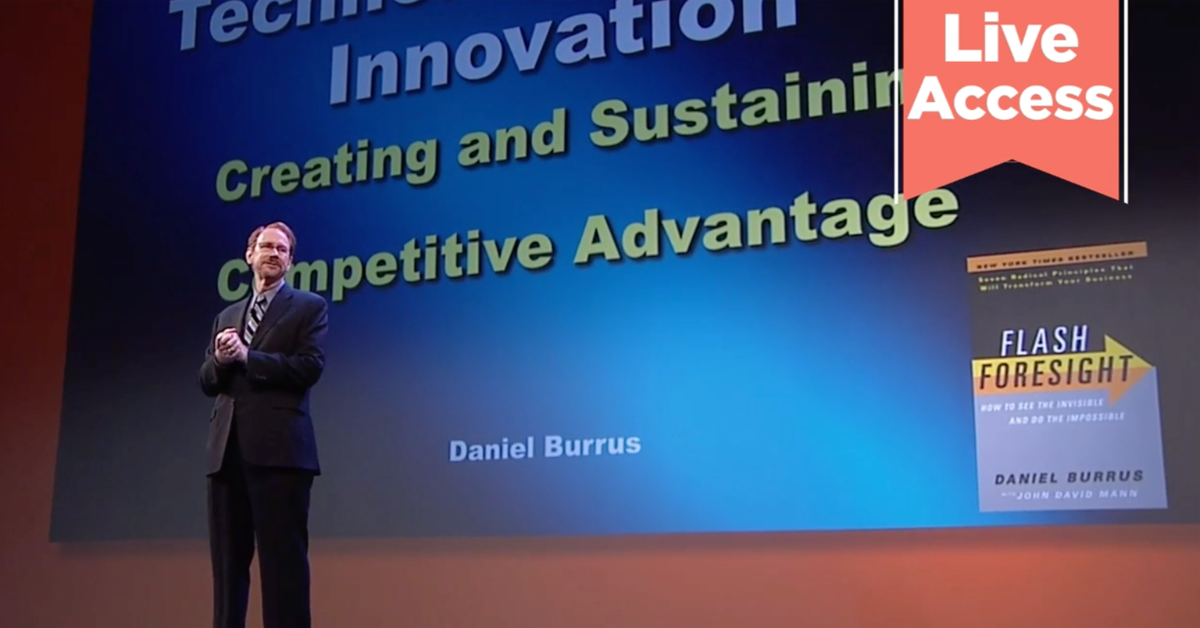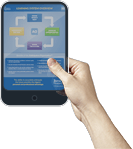Change is an inevitability of human life. We go through changes as we age from teens into adulthood by moving out of our parents’ houses and going to college or a trade school. And as we move from early adulthood to our 30s, 40s, 50s, and later years, with starting new jobs, getting married, having kids, and retiring, more change occurs. We have become very adept at handling the various changes thrown at us.
However, I would be remiss to say that we handle it well. Quite frequently, we humans do not handle change well, as it is viewed as an “unknown” that ultimately disrupts us.
So, whether it is personal or a change you face throughout your professional career, would it not benefit you and fully transform your attitude about change if you were able to actually see the changes coming your way?
Controlling Your Perception of Change

There are two ways we perceive changes that happen to us. One view is that change is a positive thing, and another that it is inherently negative. A positive outlook on change is one that we make happen, or that we choose. Thinking change is positive is not something we are born to do — we learn that change can be a good thing, which gives us the opportunity to alter our perspective to be positive. And with that positive outlook, we are better prepared to instead create change with an anticipatory approach.
Negative changes are viewed as those that happen to us or that catch us off guard, disrupting us as we sit in our comfort zones. This causes us to act as crisis managers in an attempt to get back what was once our “normal.” As a result, business leaders inevitably fall behind on innovation, lose out on profits, lose their standing in the market, and can even become irrelevant to their customers.
The thing about negative changes is that the perception of them is a choice, stemming from a lack of foresight and the decision not to look into the visible future and anticipate what is to come. Change does happen to us; however, with an Anticipatory mindset, you create changes in your industry first!
Change Is Just a Challenge for Innovation
Take a moment to imagine a world without change. While on the surface this may seem comforting, what you are really picturing is your specific world staying the way it is right now. However, much of what you enjoy about your world right now resulted from change and innovations that stemmed from said change.

Change is naturally occurring and naturally disruptive, but it is whether or not we let it disrupt us that separates the image of success from the feeling of failure. Instead of viewing the diversity that change creates in our professional and personal lives as a fire we must put out (because try as you might, you cannot), business leaders and executives need to adjust their mindset and view it as a challenge to be an innovator.
Because human beings are competitive in nature, this is a huge advantage when it comes to the concept of change. When you view changes as a challenge to innovate, you have the motivation to move forward into the future and create the newest revolutionary idea that can put you ahead of the game.
Changes That Do Not Pertain to Technology
Change as a challenge does not always pertain directly to disruptive technology either, as we now witness in the economy today.
For instance, the manufacturing industry isn’t being disrupted by changes that result in a lack of employees — it is being challenged to offer competitive benefits and training programs that give it the best retention.
Manufacturers are not being disrupted by changes in inflation and the rising costs of raw materials — they are being challenged to find new, innovative, and cost-effective ways to produce products for a customer base that values sustainability and convenience.
Shifting to viewing change as a challenge is exactly what organizations like Procter & Gamble, PepsiCo, and Apple are doing. In addition to these select few, many organizations have not only adjusted to viewing any change as a challenge, they have now mastered the ability to anticipate change and create transformations long before they are disrupted from the outside in.
Stay on Top: How to Anticipate the Challenge of Change
Adjusting your mindset to one that sees changes as challenges instead of obstacles or fires — and strategizing with an Anticipatory mindset to sustain the success that comes from this shift — is the imperative that I teach many business leaders.
First, you need to realize that a lot of changes in business are cyclical, i.e., they have directly to do with cycles. You can predict cycles with absolute certainty because they are based in certainty. What we are most familiar with currently is that inflation goes up, but it inevitably will come down. Cyclical changes happen over and over again in a continuous cycle.

Linear change is much different and must also be anticipated to be capitalized on immediately. Linear change is a type that occurs once and never again. When the telecommunications industry introduced smartphones, there was no intent to later go back to old rotary phones exclusively. Businesses now use many different types of communication software, such as Teams and Zoom — which means we will never go back to exclusively using email.
Understanding if the changes you’re predicting are cyclical or linear helps greatly in how you proactively leverage them. Designate a time to look closely at both Hard Trend future certainties and Soft Trend future possibilities, as both directly apply to change that you can take control of. All customers grow older every day, no matter what generation they are part of. That’s a Hard Trend future certainty and a cyclical change, whereas the impact you can leave on each individual generation is a Soft Trend and a linear change that can be made.
Furthermore, this is where you can leverage transformative technology to innovate in the wake of these challenges disguised as change. Change is out in the open for everyone to see, but you must put in the time and effort to anticipate it before it has the opportunity to disrupt you. In this way you can foster a future of innovation and growth in your industry and at your organization.






